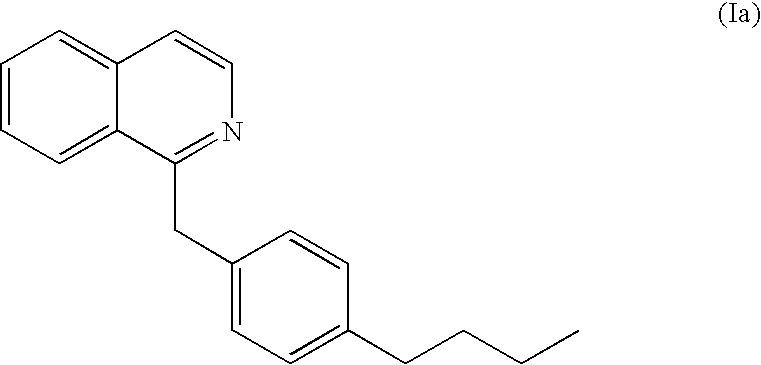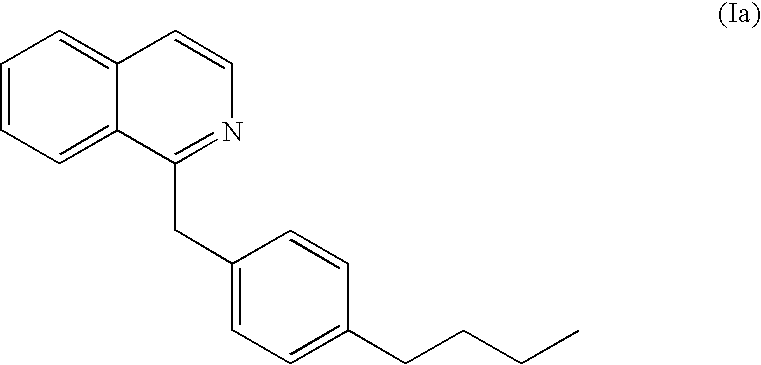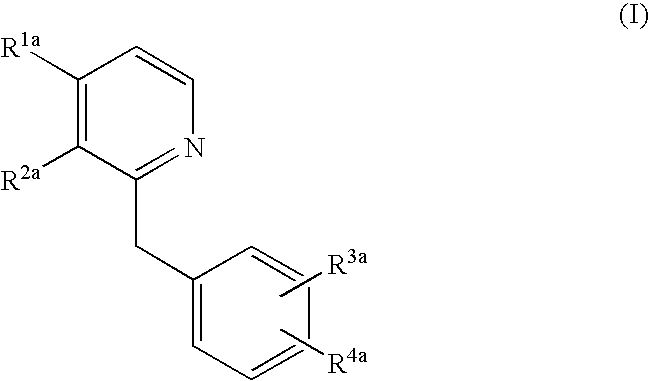Fungal cell wall synthesis gene
a cell wall and gene technology, applied in the field of dnas encoding proteins, can solve the problem of few effective therapeutic agents at present, and achieve the effect of preventing
- Summary
- Abstract
- Description
- Claims
- Application Information
AI Technical Summary
Benefits of technology
Problems solved by technology
Method used
Image
Examples
example a
[0215] The present invention is specifically illustrated below with reference to Examples, but it is not to be construed as being limited thereto.
example a1
Construction of the Reporter Gene and Introduction thereof into S. cerevisiae
(1). Construction of the Reporter Gene where Lysozyme is the Reporter Enzyme
[0216] A lysozyme gene comprising a promoter sequence was amplified by PCR using pESH plasmid comprising the ENO1 promoter+secretion signal+the lysozyme gene (Ichikawa K et al, Biosci. Biotech. Biochem., 57(10), 1686-1690, 1993) as template, and the oligonucleotides of SEQ ID NO:8 and SEQ ID NO:9 as primers, and this was subcloned into the SalI-EcoRI site of pCR-Script SK(+) (a). Furthermore, a CWP2 gene was amplified by PCR using S. cerevisiae chromosomal DNA as template, and the oligonucleotides of SEQ ID NO:10 and SEQ ID NO:11 as primers, and this was subcloned into the EcoRI-HindIII site of pUC19 (b). Similarly, CYC1 terminator was amplified by PCR using pYES2 (INVITROGEN) as a template, and the oligonucleotides of SEQ ID NO:12 and SEQ ID NO:13 as primers, and this was subcloned into the newly introduced NotI-KpnI site of pUC...
example a2
Screening of Pharmaceutical Agents by the S. cerevisiae Reporter System
[0222] Since sensitivity of the enzyme reaction is better with cephalosporinase compared to lysozyme, S. cerevisiae introduced with pRCW63T (S. cerevisiae CW63 strain) was used for the screening of compounds.
[0223] After stationary cultivation in YPD liquid medium at 30° C. for 48 hours, the yeast cell culture was diluted 100 times with YPD liquid medium (3-5×105 cells / ml) and 75 μl / well aliquots thereof were inoculated into a V-bottomed 96-well plate containing 25 μl / well of a diluted test sample, and this was subjected to stationary cultivation at 30° C. for 48 hours. After centrifuging the plate, 25 μl of the supernatant was sampled and placed in a flat-bottomed 96-well plate, and this was used as the culture supernatant fraction.
[0224] The precipitated cells were suspended, and 75 μl / well aliquots of Zymolyase (Seikagaku Corporation) solution prepared with 2.4 M sorbitol were added and were allowed to reac...
PUM
| Property | Measurement | Unit |
|---|---|---|
| concentration | aaaaa | aaaaa |
| concentration | aaaaa | aaaaa |
| concentration | aaaaa | aaaaa |
Abstract
Description
Claims
Application Information
 Login to View More
Login to View More - R&D
- Intellectual Property
- Life Sciences
- Materials
- Tech Scout
- Unparalleled Data Quality
- Higher Quality Content
- 60% Fewer Hallucinations
Browse by: Latest US Patents, China's latest patents, Technical Efficacy Thesaurus, Application Domain, Technology Topic, Popular Technical Reports.
© 2025 PatSnap. All rights reserved.Legal|Privacy policy|Modern Slavery Act Transparency Statement|Sitemap|About US| Contact US: help@patsnap.com



